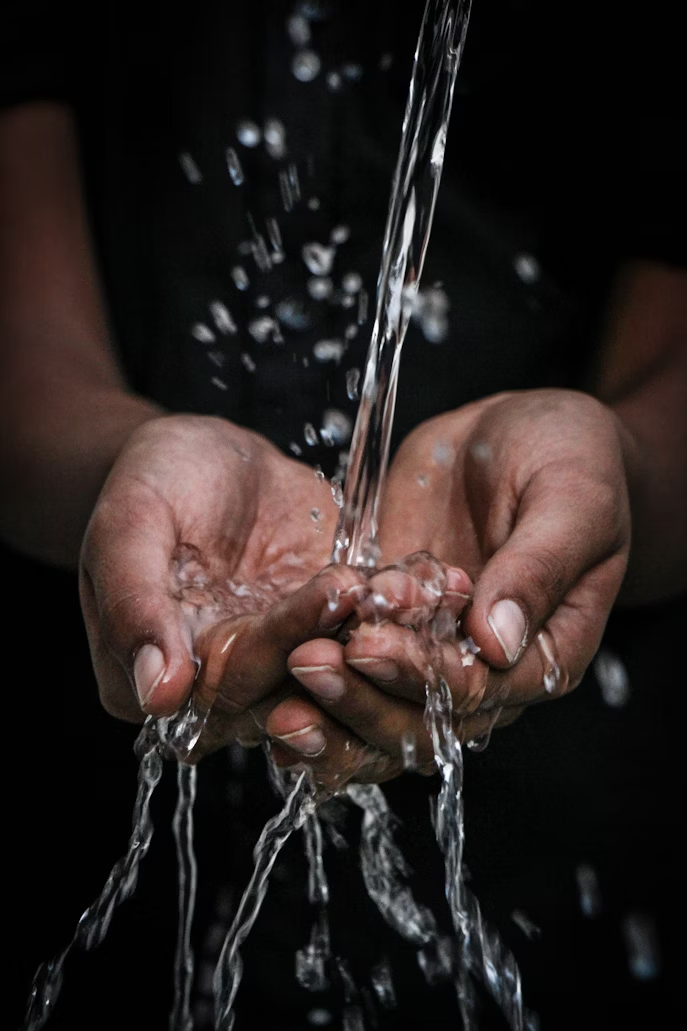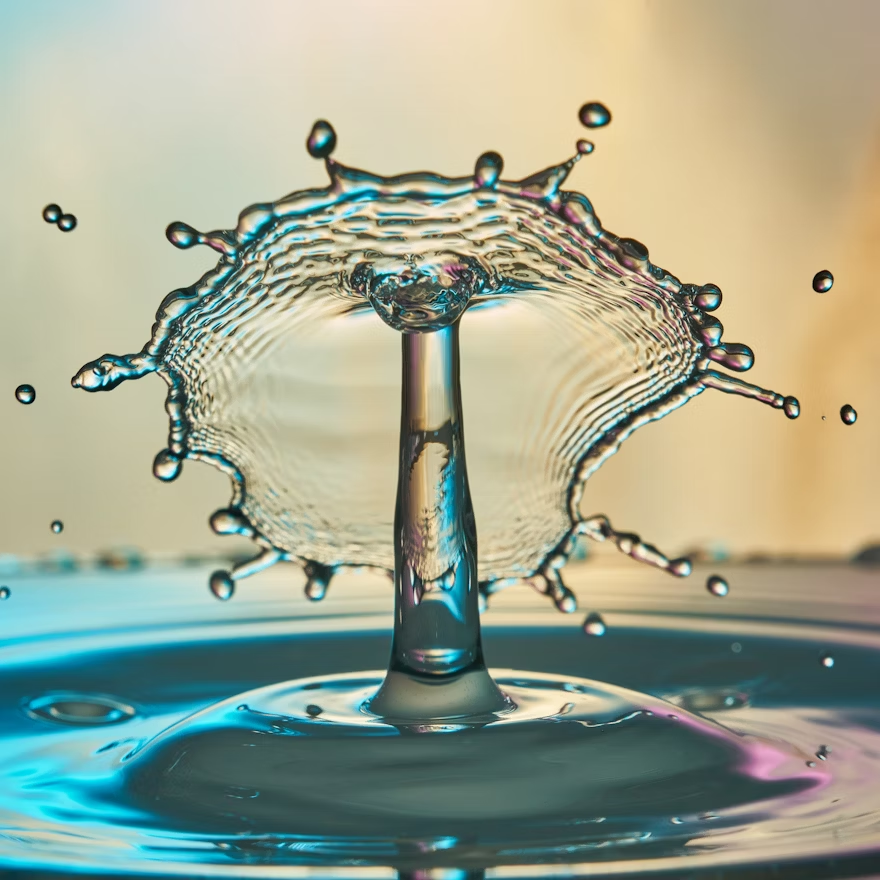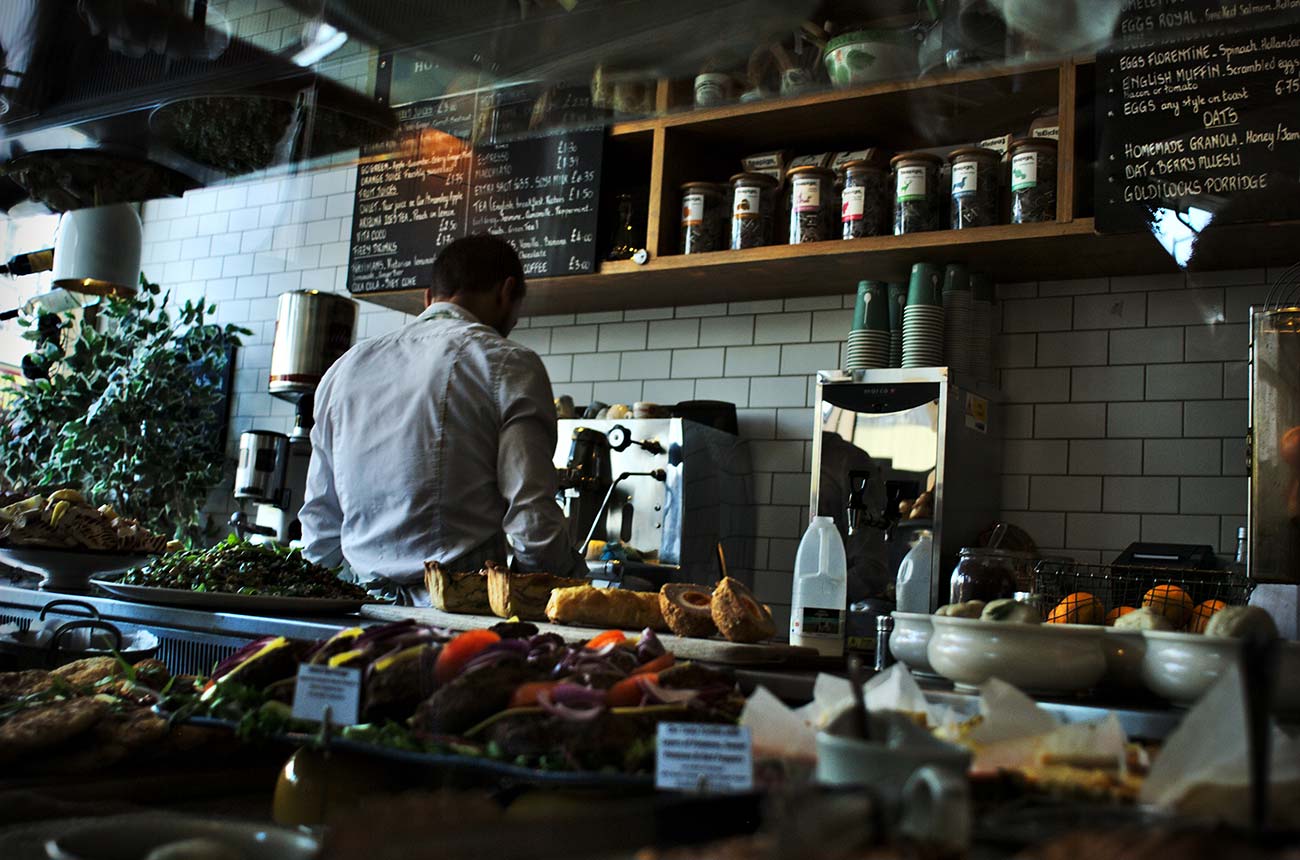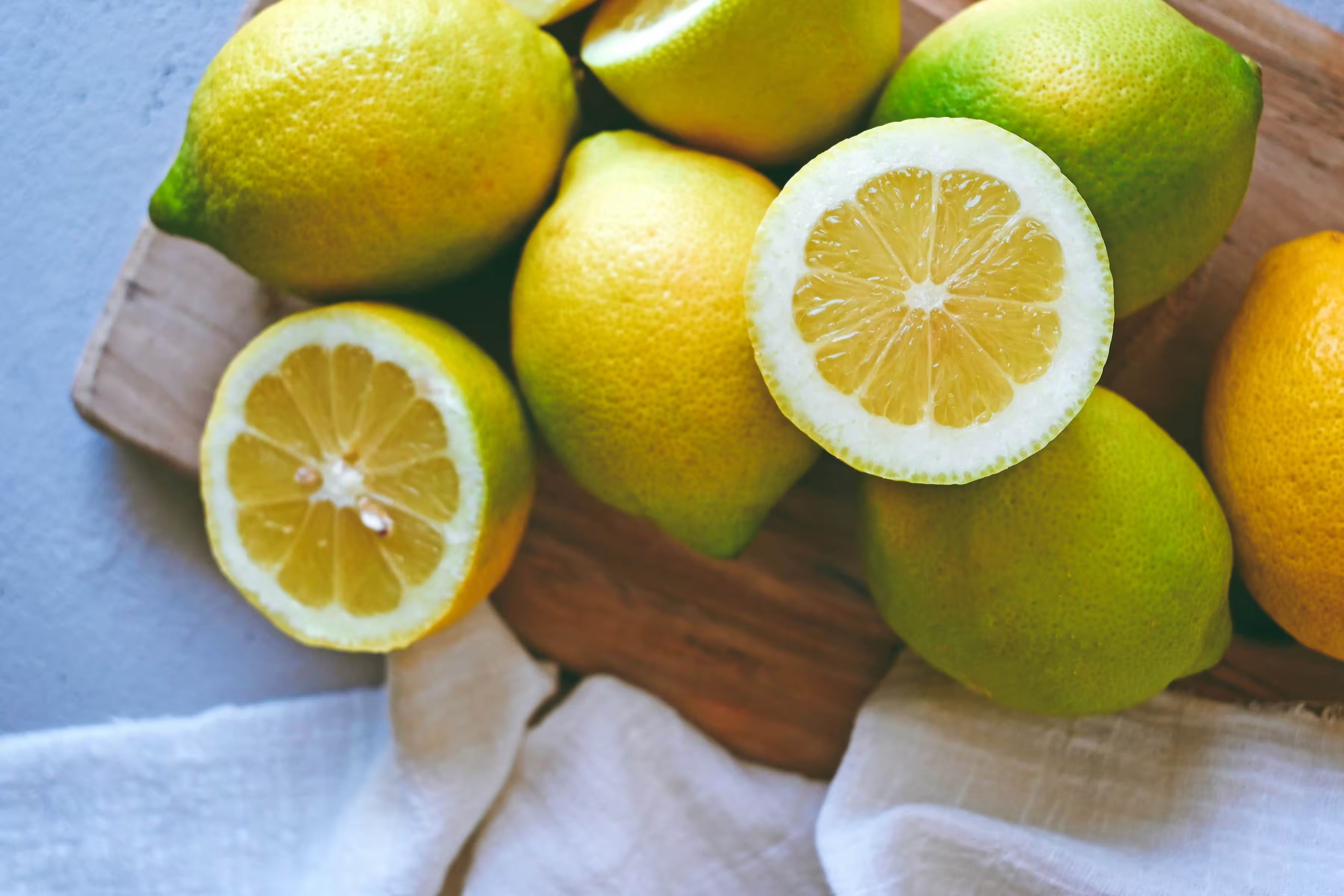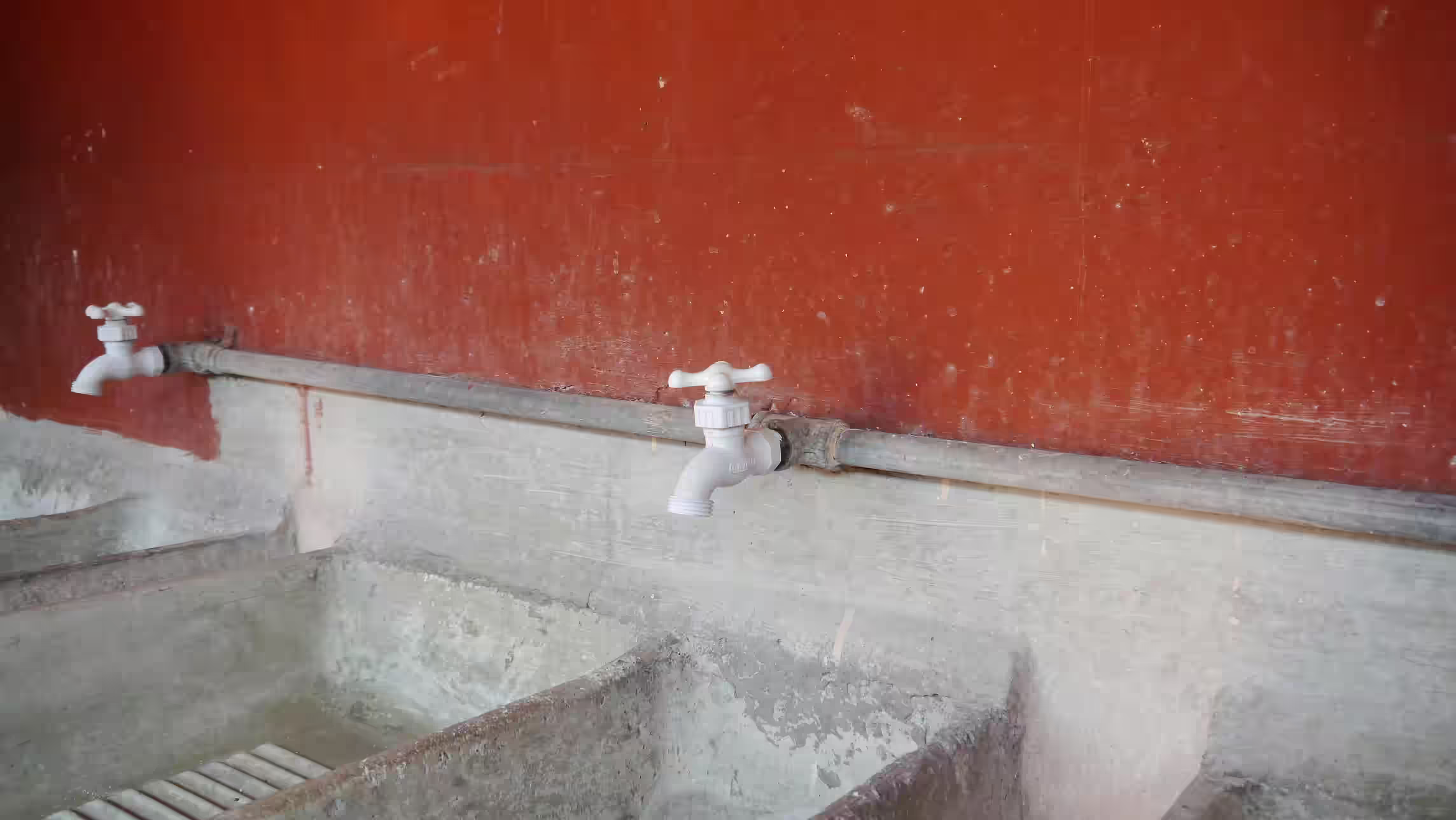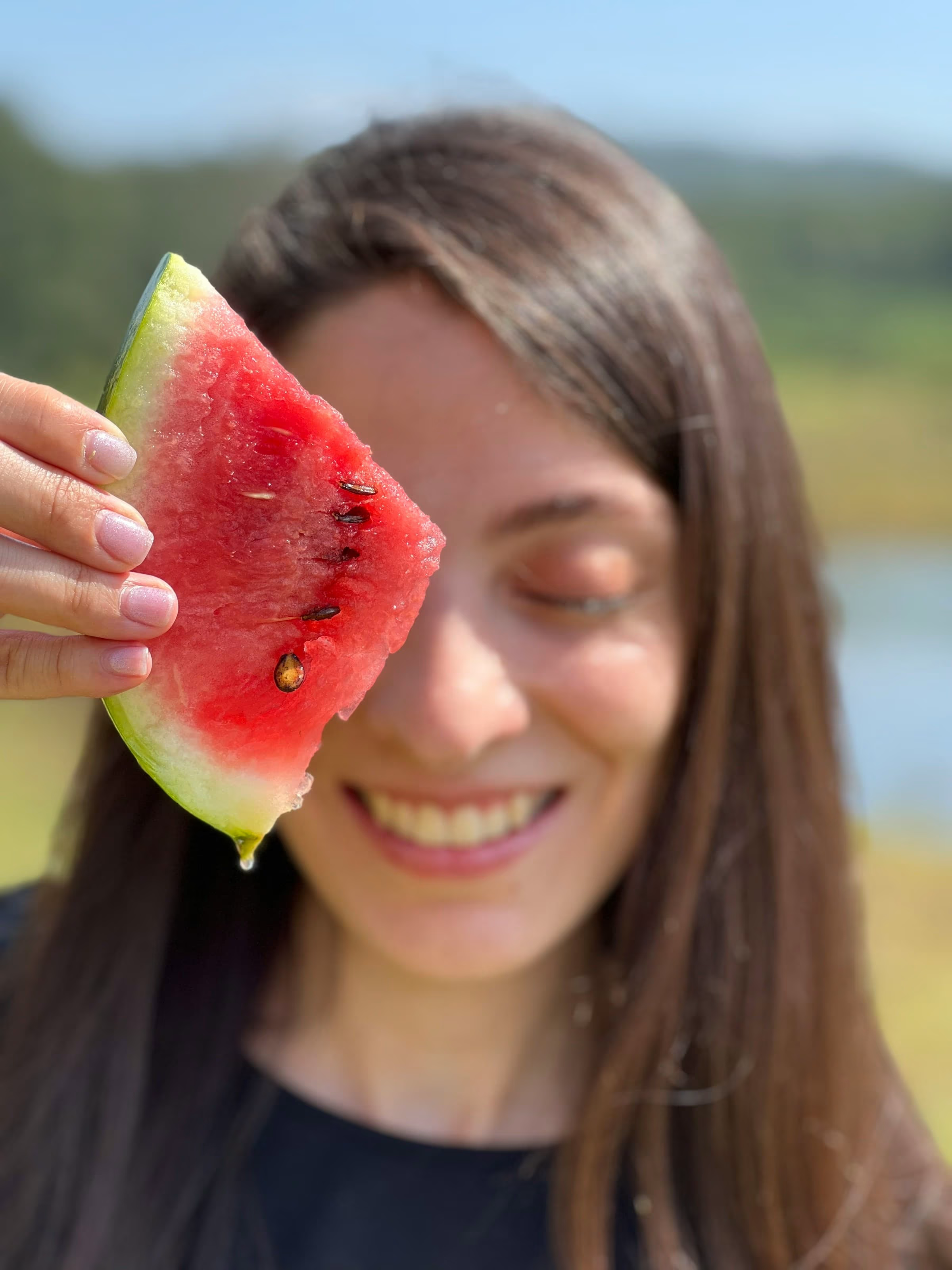

Eating your water: Why your grandma was right about fruits
Your hydration strategy just got a major upgrade. The top 5 most water-rich fruits can boost your daily hydration game.
Who says you have to drink all your water?
The hidden hydration strategy
While drinking water remains essential for optimal health, science has revealed an incredible complementary approach that's been hiding in plain sight. Research shows that foods contribute approximately 20% of our total daily water intake, but the story gets more fascinating when we dive deeper. Fruits and vegetables may actually provide superior short-term hydration compared to plain water due to their natural electrolyte content.
Why food water hits different
When you consume water through fresh produce, it reaches your bloodstream gradually and consistently, accompanied by minerals in their biological bond. This means your body can utilize both the water and essential nutrients more effectively than when consuming them separately. The cellular absorption process becomes more efficient, creating sustained hydration rather than the rapid intake-and-elimination cycle.

Pause & Reflect
What if your next snack could hydrate you better than a glass of water?
Champion #1: Watermelon (92% water)
The ultimate hydration fruit that literally has "water" in its name. A 1-cup serving contains over half a cup of water, plus vitamin C, vitamin A, and magnesium. Perfect for post-workout recovery or when you're too lazy to drink actual water. Daily hack: Freeze watermelon chunks for instant hydrating popsicles, or blend with mint for a refreshing drink that beats any sports beverage.
Champion #2: Strawberries (91% water)
These little red powerhouses get 91% of their weight from water while packing fiber, antioxidants, vitamin C, and folate. They're basically multivitamins that taste like candy. Daily hack: Toss them in your morning cereal, blend into smoothies, or just eat them straight from the container while binge-watching Netflix. They excel as morning hydration boosters.
Did you know?
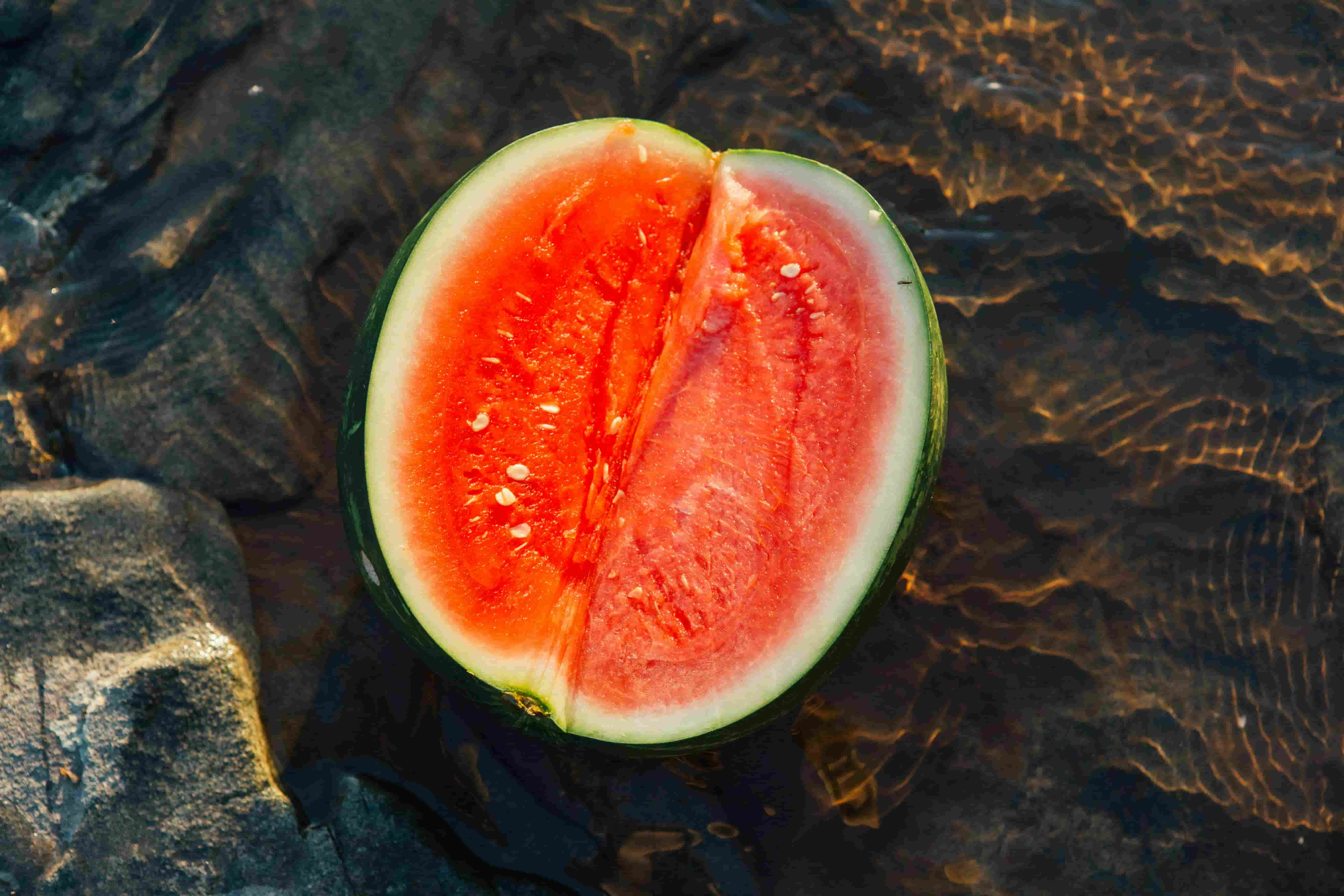
Watermelon contains half a bottle
Eating 300g of watermelon gives you 276ml of highly bioavailable water plus vitamins – more efficient than plain water alone.
Champion #3: Cantaloupe (90% Water)
Cantaloupe has a water content of 90% and is loaded with vitamins A and C. Plus, it's naturally sweet enough to satisfy those sugar cravings while keeping you hydrated. Daily hack: Cut into chunks for easy grab-and-go snacks, or add to yogurt for a hydrating breakfast that actually fills you up. Perfect for post-exercise recovery due to its potassium content.
Champions #4 & #5: Peaches & Oranges
Peaches are made up of 88% water and their fiber content makes them super filling. They're like nature's sports drink with a fuzzy exterior. Oranges contain about 86% water while delivering that vitamin C boost your immune system craves. They're portable, pre-packaged hydration that actually tastes good. Keep whole oranges in your bag for instant hydration anywhere.

Pause & Reflect
Your ancestors stayed hydrated for thousands of years without water bottles. How?
The Daily Hydration Math
Real talk: The average person needs about 2.7 litres (women) to 3.7 litres (men) of total fluid daily, though hydration is highly individual and depends on factors like age, height, climate zone, and activity level – so individual calculation is recommended. If you eat 300g of watermelon, you're getting roughly 276ml of water. Add 150g of strawberries for another 136ml. Throw in a medium orange for 120ml more. That's already 532ml of hydration with vitamins, minerals, and fiber.
Fruits are chock full of moisture, some of the most hydrating foods
Kerala Ayurveda Academy, India
Cultural Hydration Wisdom
Traditional cultures worldwide have intuitively understood these hydration principles for centuries. Mediterranean communities naturally incorporate high-water fruits and vegetables into daily meals, resulting in superior hydration status despite living in warmer climates. This cultural wisdom aligns perfectly with modern research showing that European countries with higher fruit consumption derive more daily water from food sources.
Strategic Fruit Timing
Understanding how to strategically incorporate these water-rich fruits transforms your hydration experience. Watermelon becomes valuable during active days when your body requires rapid rehydration. Strawberries excel as morning hydration boosters when your body is naturally dehydrated from sleep. Cantaloupe offers unique advantages for post-exercise recovery, while oranges provide practical on-the-go hydration.
Modern Hydration Evolution
This isn't just trendy nutrition advice – it's how humans have stayed hydrated for thousands of years. While our ancestors relied on seasonal, local water-rich foods, we can now access hydrating fruits year-round, making "eating our water" easier than ever. Understanding these fruits as hydration allies rather than water substitutes creates a comprehensive approach that enhances overall hydration balance.
Closing thoughts




